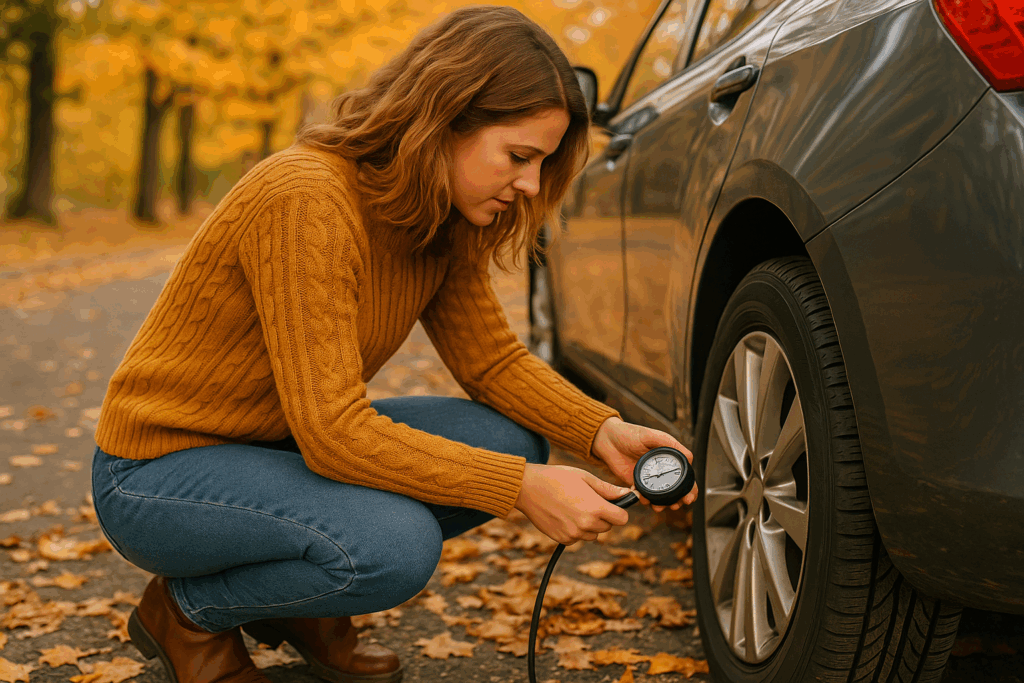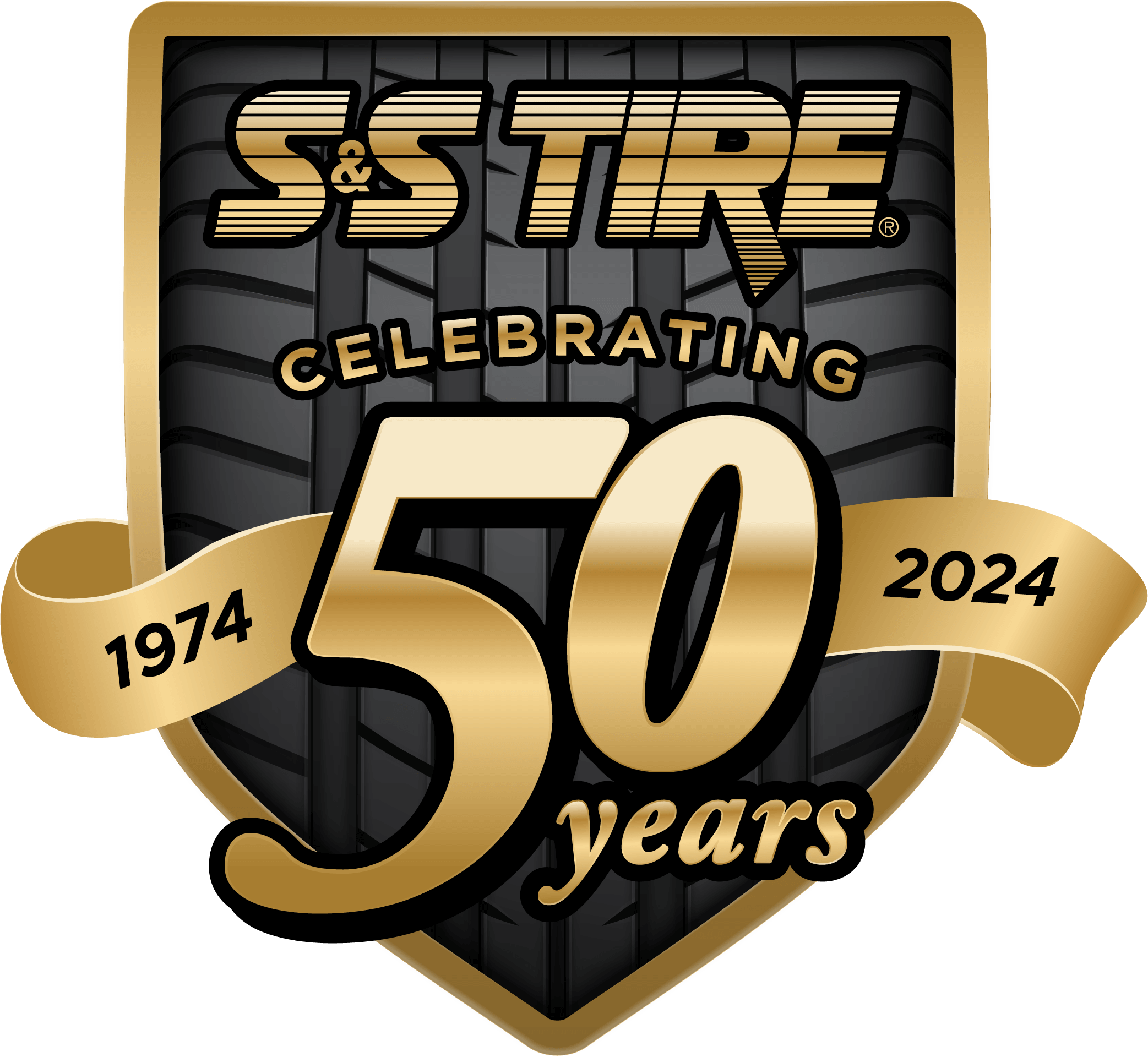
Year-round tire care is essential for safe and optimal vehicle performance. As fall rolls in and temperatures start to drop, it’s the perfect time to give your tires a little extra attention. Seasonal changes can have a big impact on how your tires perform, affecting everything from traction and handling to tire pressure and lifespan. By adjusting your tire care habits throughout the year, you can keep your car safer and running more smoothly no matter what the weather brings.
How Cooler Weather Affects Your Tires
When temperatures fall, so does your tire pressure. For every 10-degree drop in temperature, your tire pressure can decrease by about one PSI (pound per square inch). Underinflated tires can lead to:
- Poor fuel economy
- Uneven tread wear
- Reduced traction on wet or icy roads
That’s why it’s especially important to check your tire pressure regularly in the fall and winter months. Keeping your tires inflated to the manufacturer’s recommended levels helps ensure a safer, smoother ride.
Fall Tire Maintenance Checklist
Before winter weather arrives, take a few minutes to go over this fall tire checklist:
- Inspect tire tread depth. Make sure your tread isn’t worn down. A simple test is to insert a penny into the tread with Lincoln’s head down. If you can see the top of his head, it’s time to replace the tire.
- Check for visible damage. Look for cracks, bulges, or embedded objects that could cause a flat.
- Rotate your tires. Regular rotations (every 5,000 to 7,000 miles) help even out wear and extend the life of your tires.
- Keep them clean. Road debris, leaves, and early frost can build up on your wheels. Cleaning your tires helps prevent corrosion and keeps them looking good, too.
Getting Ready for Winter Roads
If you live in an area that sees snow or ice, now’s the time to plan ahead. Consider switching to winter tires, which are designed with special rubber compounds and tread patterns that perform better in cold conditions.
Even if you stick with all-season tires, make sure:
- Tread depth is at least 4/32″ for safe winter traction.
- You drive smoothly — avoid sudden stops or sharp turns that can cause slipping.
- You keep a winter emergency kit in your trunk (including a jack, lug wrench, flashlight, and tire inflator).
Spring and Summer Tire Tips
When warmer weather returns, your tire care routine changes again. As the pavement heats up, tire pressure tends to increase. Overinflated tires can wear out faster in the center of the tread and may reduce handling performance.
Check your pressure monthly, and before any long road trips, to make sure it’s still within the recommended range. Rotating your tires and having your alignment checked after winter also helps correct uneven wear caused by potholes or rough roads.
Year-Round Tire Care for a Safer Drive
Your tires are your car’s only contact with the road, and keeping them in good shape throughout the seasons is one of the simplest ways to improve safety, performance, and fuel efficiency.
This fall, take a few minutes to check your tires before winter weather hits. A little seasonal maintenance now can help you avoid bigger problems (and costs) later on.
